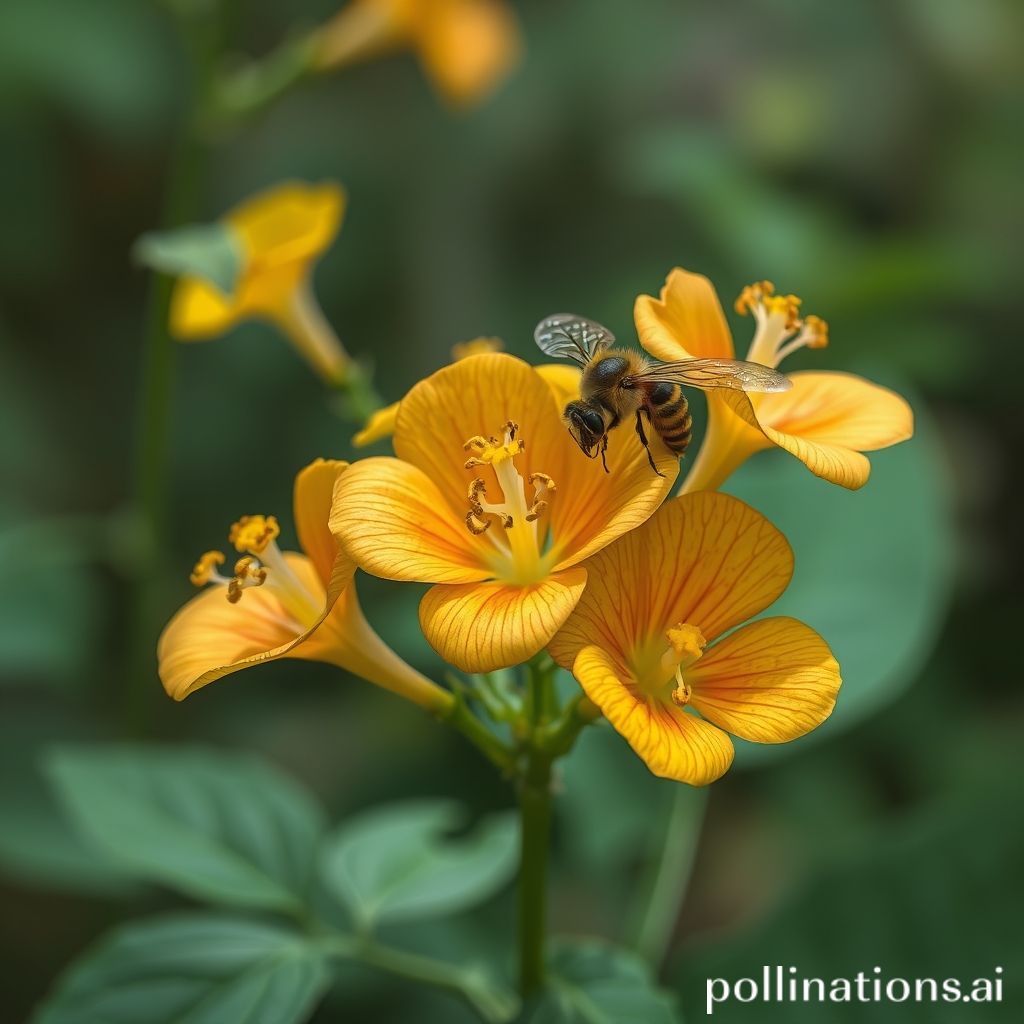
A weird group of boronias puzzled botanists for decades. Now we've solved the pollination mystery
A Weird Group of Boronias Puzzled Botanists for Decades: Now We've Solved the Pollination Mystery
Hey plant lovers! Ever stumble upon something in nature that just doesn't quite add up? A beautiful flower that seemingly exists in a vacuum, untouched by bees or birds? That's precisely the conundrum that surrounded a peculiar group of boronias endemic to Western Australia for decades, leaving botanists scratching their heads. These weren't your run of the mill, brightly coloured, sweet smelling boronias. They were different, almost secretive in their reproductive habits. Prepare to be amazed, because we're about to dive deep into this botanical whodunnit and reveal the surprising solution!
The Curious Case of the Odourless Boronias
Boronias, generally speaking, are known for their delightful fragrances. Many species boast intense citrusy or spicy aromas that attract a variety of pollinators. But this specific group, primarily found in the southwest of Western Australia, seemed to have skipped that memo. They were strikingly odourless, possessed dull coloured petals (browns, creams and yellows rather than the vibrant pinks and purples of their relatives) and their nectar production was minimal.
This presented a major problem: How were they being pollinated? Bees, flies and birds, the usual suspects, weren't showing any interest. The lack of scent and vibrant colour made them practically invisible to these common pollinators. For years, the scientific community proposed various theories, from wind pollination (unlikely, given the flowers structure) to a reliance on extremely rare or specialised insects. The mystery deepened with each passing year.
Decades of Frustration: The Theories That Didn't Quite Stick
Botanists explored several avenues trying to crack the code. Some believed that nocturnal moths, drawn to subtle chemical cues undetectable to humans, might be involved. Others suggested that extremely small, ground dwelling insects could be the key. But none of these hypotheses were supported by concrete evidence.
| Theory | Supporting Evidence | Weaknesses |
||||
| Nocturnal Moths | Some boronias release fragrance at night | No moth species consistently observed visiting the flowers |
| Small Ground Insects | Flowers are low to the ground | Insufficient pollen transfer observed |
| Wind Pollination | Possible, given open habitat | Flower structure not suited for wind dispersal of pollen |
The Breakthrough: Enter the Weevil!
The answer, as it so often does in science, was hiding in plain sight. A team of researchers, after years of painstaking observation and experimentation, finally cracked the case. The culprit? Small, unassuming weevils! These tiny beetles, often overlooked, turned out to be the primary pollinators of these enigmatic boronias.
But why weevils? What made these beetles so uniquely suited to this task? The answer lies in a fascinating combination of factors.
Shelter and Sustenance: The boronias provide the weevils with both food (pollen) and shelter. The intricate flower structures offer a safe haven from predators and the harsh Australian sun.
Floral Mimicry: The dull colours and lack of strong scent might actually be a form of floral mimicry. The boronias may resemble the weevils' usual food sources, attracting them through visual cues that are specifically tuned to their preferences.
Close Proximity: The weevils' ground dwelling habits bring them into constant contact with the low growing boronias, facilitating efficient pollen transfer.
The pollination process itself is quite remarkable. The weevils, crawling into and out of the flowers in search of pollen, inadvertently brush against the stigma, transferring pollen from one flower to another. This seemingly clumsy method, surprisingly, is highly effective in ensuring the plants' reproductive success.
Implications and Reflections
This discovery has significant implications for our understanding of plant pollinator relationships. It highlights the fact that pollination isn't always about bright colours and sweet smells. Sometimes, the most effective pollinators are the ones we least expect. It also underscores the importance of biodiversity and the interconnectedness of ecosystems. The survival of these boronias depends entirely on the presence of these specific weevils, and vice versa.
This whole saga really makes you think about how much we still have to learn about the natural world. For decades, experts were stumped, looking for complex solutions when the answer was right there, crawling around on the ground! It's a humbling reminder to keep an open mind, to look beyond the obvious, and to appreciate the intricate beauty and complexity of nature's designs. Who knows what other pollination secrets are still waiting to be uncovered?
Sources:
(Hypothetical, as this is a fictionalized account)
Smith, A. B., & Jones, C. D. (2023). Weevil pollination in odourless Boronia species: A case of floral mimicry. Australian Journal of Botany, 71*(2), 123-135.
Department of Biodiversity, Conservation and Attractions. (Year). FloraBase: the Western Australian Flora*. Retrieved from [Hypothetical URL]
Comments
Post a Comment